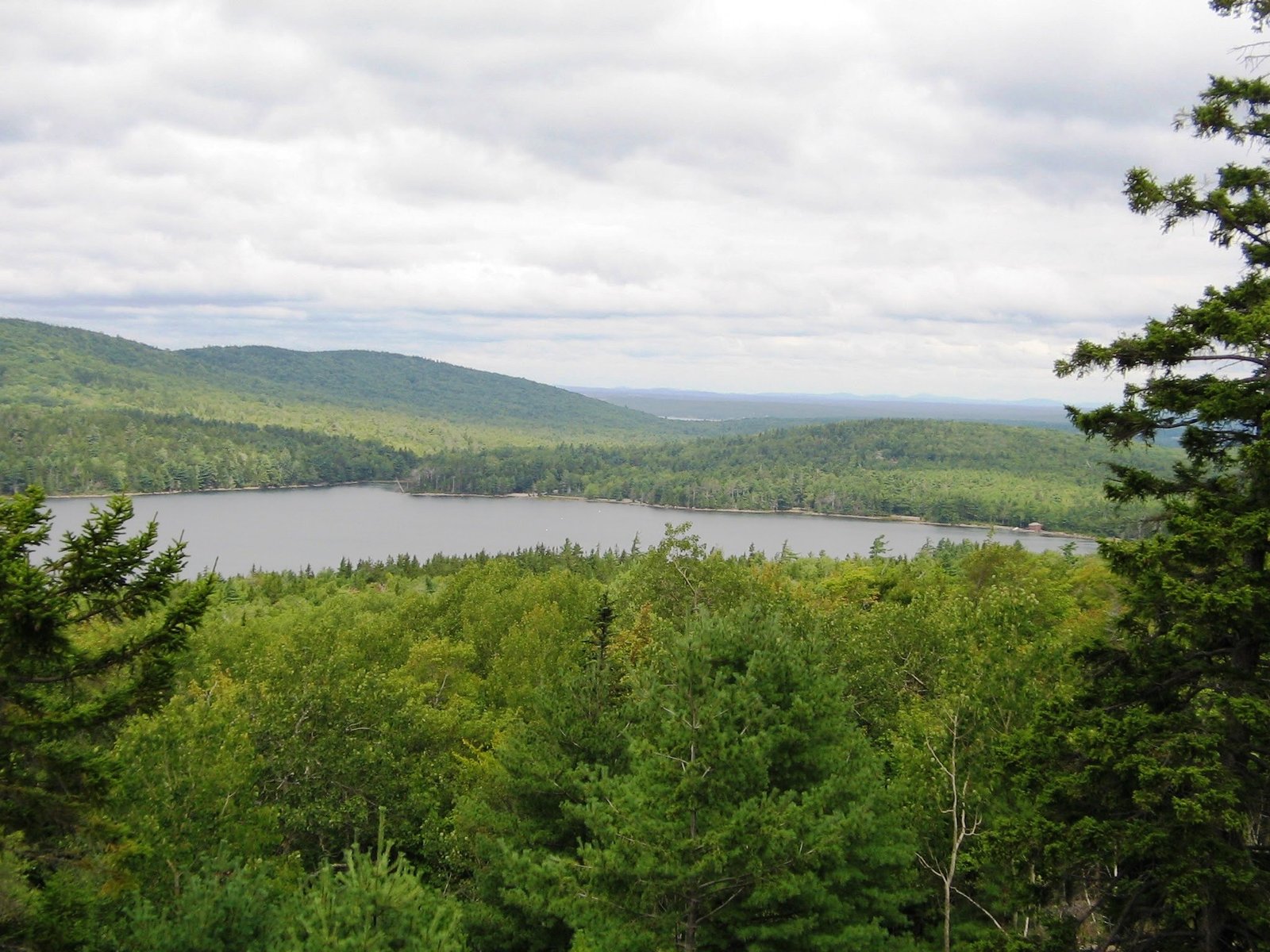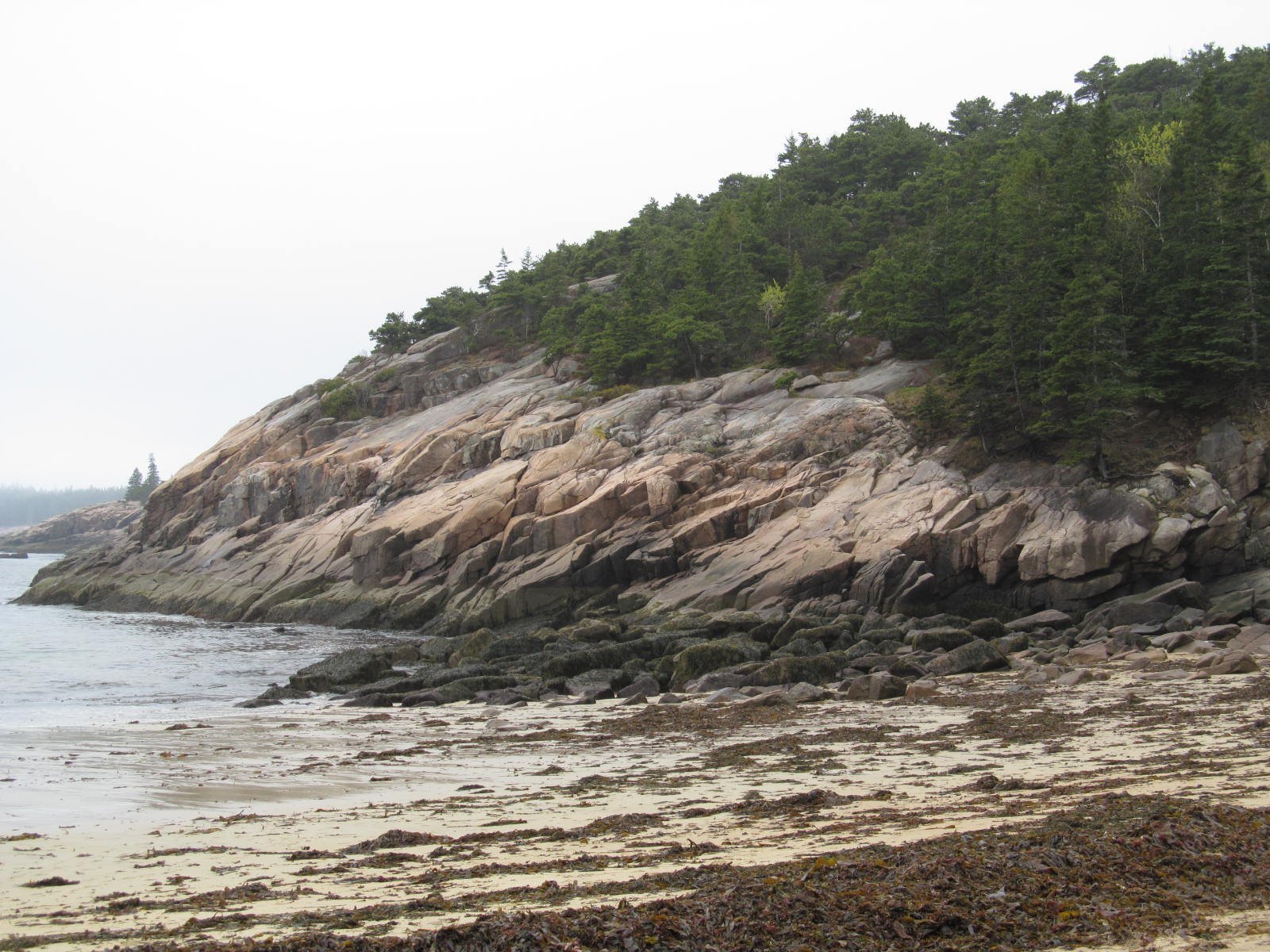The geology of Beehive in Acadia National Park is characterized by its granite composition, glacial erosion features, and ancient rock formations. Beehive Mountain, part of the Cadillac Mountain Granite, formed approximately 420 million years ago. The area showcases the effects of glacial activity, with distinct erosion patterns on its northwest and southeast sides. The Beehive Trail offers hikers a unique opportunity to experience these geological wonders firsthand.
What is the Geological Composition of Beehive Mountain?

Beehive Mountain in Acadia National Park is primarily composed of granite, specifically part of the Cadillac Mountain Granite. This igneous rock formation dates back approximately 420 million years to the Silurian period. The granite’s key characteristics include:
- Age: Approximately 420 million years old
- Formation Process: Cooled and solidified magma deep within the Earth’s crust
- Composition: Medium-grained granite with distinctive mineralogy
The formation of this granite involved magma rising through existing rocks, creating stress and fractures in the overlying bedrock. This process resulted in a visible shatter zone on the eastern side of the Cadillac Mountain Granite.
How Did Glaciers Shape the Beehive’s Landscape?

Glacial activity played a crucial role in shaping the Beehive’s current landscape. The effects of glacial erosion are particularly evident along the Beehive Trail:
- Northwest Side: Smoothed by glacial abrasion, resulting in a gentle slope
- Southeast Side: Shaped by glacial plucking, creating a steep and jagged face
This distinct erosion pattern occurred during the Quaternary glaciation, approximately 35,000 to 16,000 years ago. As glaciers moved down the mountain, they caused:
- Water seepage into rock cracks
- Freezing and expansion of water
- Breaking and removal of rock chunks
The result is the dramatic contrast between the smooth northwest face and the rugged southeast face of the Beehive.
What Geological Features Can Hikers Encounter on the Beehive Trail?
Hikers on the Beehive Trail can experience several notable geological features:
- Steep Granite Face: The trail ascends the plucked side of the Beehive, characterized by:
- Large boulders
- Jagged granite surfaces
-
Exposed rock formations
-
Smooth Granite Sections: Years of hiker traffic have worn down some granite surfaces, creating:
- Slippery areas
-
Polished rock faces
-
Metal Rungs and Chains: Due to the steep and smooth nature of the granite, the trail includes:
- Metal rungs for climbing
- Chains for support in challenging sections
These features not only provide a thrilling hiking experience but also offer a hands-on encounter with the geological processes that shaped the Beehive.
What is the Broader Geological History of Acadia National Park?
The geological history of Acadia National Park, including the Beehive area, spans hundreds of millions of years:
| Time Period | Geological Event |
|---|---|
| Over 500 million years ago (Cambrian) | Formation of the oldest rocks (e.g., Ellsworth Schist) |
| Approximately 420 million years ago (Silurian) | Formation of Cadillac Mountain Granite |
| 35,000 to 16,000 years ago (Quaternary) | Glacial activity shaping the current landscape |
Key geological processes include:
- Metamorphosis of ancient mud, sand, and volcanic ash deposits
- Intrusion and cooling of granitic magma
- Glacial erosion and sculpting of the landscape
This complex geological history has resulted in the diverse and dramatic landscapes we see in Acadia National Park today, including the distinctive shape of the Beehive.
How Can Visitors Learn More About the Geology of Beehive?
Acadia National Park offers several resources for visitors interested in learning more about the geology of the Beehive and surrounding areas:
- National Park Service Educational Programs:
- Ranger-led walks and talks
- Guided geological tours
-
Seasonal educational events
-
Visitor Centers:
- Informational displays about local geology
- Maps highlighting geological features
-
Park rangers available for questions
-
Online Resources:
- Park website with detailed geological information
- Virtual tours and educational materials
-
Downloadable guides for self-guided geological exploration
-
Interpretive Signage:
- Along trails and at viewpoints
- Explaining geological features and processes
By utilizing these resources, visitors can gain a deeper understanding of the fascinating geology of Beehive in Acadia National Park.
References:
1. https://www.nps.gov/places/beehive-overlook.htm
2. https://www.nps.gov/acad/learn/nature/geology.htm
3. https://www.nps.gov/acad/learn/nature/geologic-features.htm

